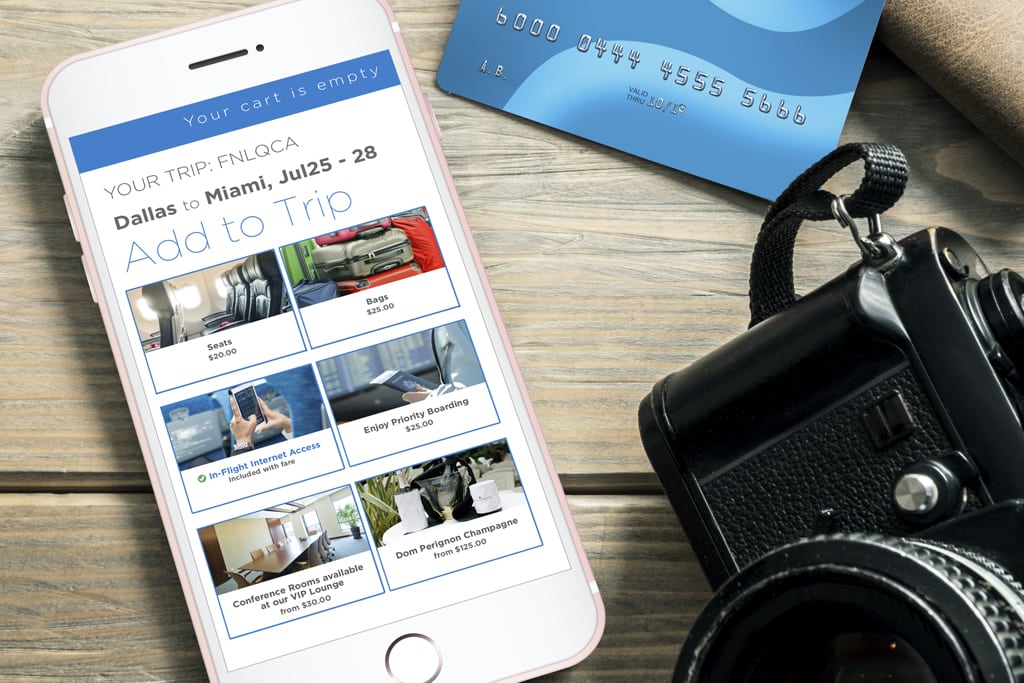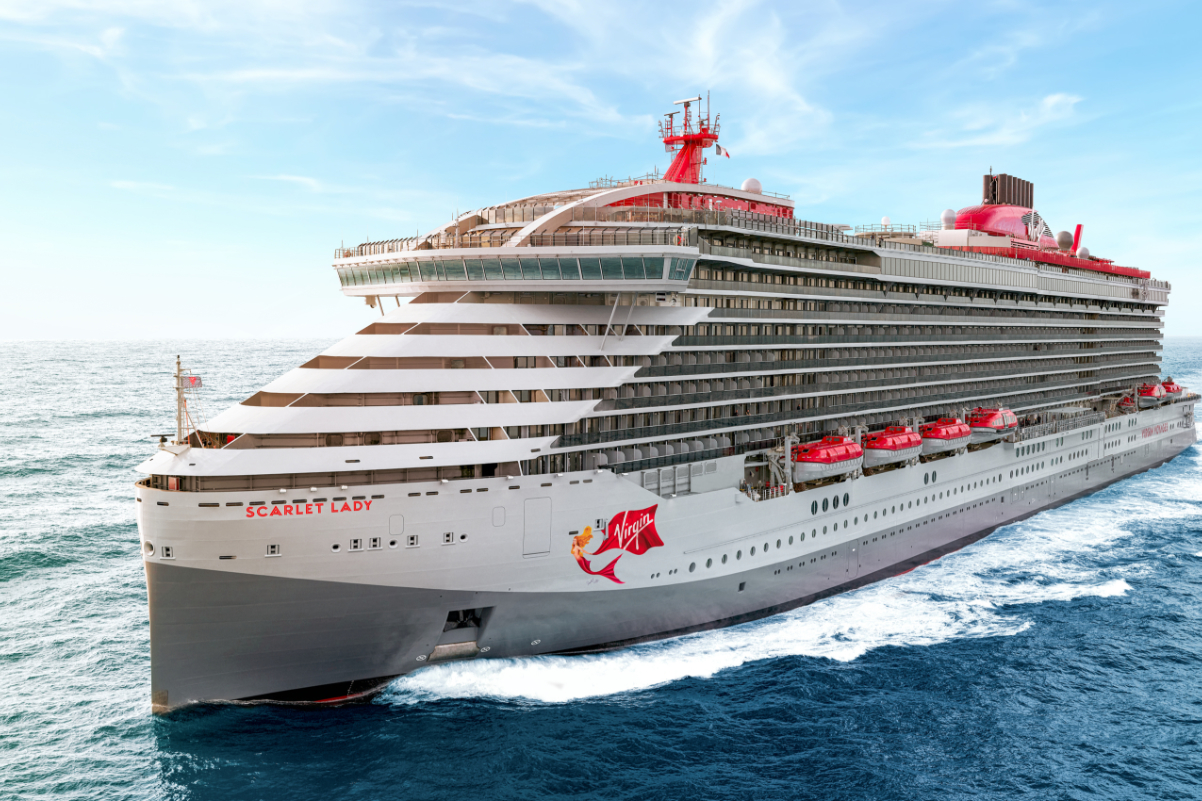How Customer Data and Dynamic Inventory Can Deliver Better Travel Buying Experiences

Skift Take
This sponsored content was created in collaboration with a Skift partner.
Today’s travel brands face a more challenging e-commerce environment than ever before, with more competitors and increasingly discerning shoppers. In fact, according to SaleCycle, travel purchases have a higher rate of cart abandonment (more than 81 percent) than any industry. It’s likely that consumers’ decision-making process contributes to this behavior. But the issue of cart abandonment isn’t just due to fickle customers. The truth is that travel brands are over-reliant on legacy e-commerce technology, leading to inconsistent shopping experiences across devices, and producing unnecessary friction during the booking process. It is also due to the underutilization of customer data, resulting in missed opportunities to present the right inventory to the right customer at the right time.
It doesn’t have to be this way. Instead, travel executives can deliver better buying experiences simply by leveraging the data they already have in smarter ways. They can do this by taking insights from existing customer touch points to ultimately deliver a more relevant, and personalized, e-commerce experience that inspires conversions and leads to more direct bookings.
It’s true that travel brands may not have Amazon-like levels of customer data available, but it may not be necessary. Instead they should optimize the data they already have and the channels they already own (like their website) to create better quality, and more relevant, customer insights. This process creates a virtuous loop, enabling brands to better understand their customers, build stronger relationships with them, and better market to them in the future across all potential distribution channels. That information, coupled with other channel-agnostic sources of customer data, such as loyalty programs, can drive a more dynamic experience.
This new approach to data will also empower travel brands to re-imagine their approach to inventory. Instead of a travel e-commerce site being static and fixed, requiring travel brands to ask for customer data, they need to flip this dynamic on its head. Creating a carefully curated variety of options – informed by customer data, when possible – opens up opportunities for customers to find exactly what they want while still leaving room for them to explore, discover, and come back again.
How will travel companies make this vision a reality? Below are three strategies brands can use to improve their website booking experience, while increasing conversions and customer loyalty in the process.
Utilizing Loyalty Programs and Logins
Loyalty programs are one strategy airlines and hotels can use to more effectively draw customers to direct booking channels. In fact, travel brands can use the customer data they already have from these loyalty databases to better personalize and package fares. MasterCard Loyalty Solutions, for example, leverages technology solutions that are integrated into their travel sites to continuously assess customer behaviors to ensure the right products are being offered to the right clients.
Travel companies should also gather insights on loyalty members based not just on the explicit information they provide, but also the implicit information they share about where they want to go and what they plan to do while completing searches and navigating maps. These subtle actions can help travel companies stay one step ahead of customers, automatically offering the right hotel or flight leg at the right moment so a potential buyer doesn’t have to waste time searching for it. “The more airlines know up-front about their customer, the less they have to ask customers for information and the faster they can get them through check-out,” confirmed Justin Steele, vice president of product at Switchfly.
Simplifying and Curating the Experience
The second strategy is to use data to simplify and streamline the buying process. In an era of proliferating travel choice, providing site visitors with too many options can drive down conversions. That’s where smarter usage of customer data can make a difference, ensuring that each channel’s user experience is optimized for conversions.
The solution is curation and consistency – which can be achieved with the right technology solutions. Take Avios, for example: part of IAG, Avios is the reward currency used by airline loyalty programs including the British Airways Executive Club, Iberia Plus, Aer Club, and Vueling Club (among others). Avios recently embarked on a strategy to unify and consolidate ancillary redemption onto one consistent platform to improve offerings and ensure relevancy and value to consumers. By creating a consistent experience across brands and platforms, Avios both delights its customers and positions itself for growth with the introduction of new partners.
Following Up with Personalization
The third strategy is based around personalization. Shopping cart abandonment is particularly high in the online travel space precisely because many sites aren’t effectively communicating their perceived value to customers or creating relevant inventory packaging.
Travel executives agree that their companies need to more effectively use the data they have about their customers to offer unique redemption offers, travel packages, and data-driven personalization to make the experience stand out. As Kayak CEO Steve Hafner recently told Skift, “Your store itself has to be well-organized and well-designed. You don’t want to walk into a mall and see everything. It’s overwhelming.”
Travel buyers’ shopping cart behavior is a great example of where this personalization can make a difference. Even when a user does not complete their purchase, a brand should use what consumers place in their shopping carts to learn more about their preferences and interests. Travel brands can notify users by email or via mobile with updates on price changes related to items they placed in their carts, as an example. These are opportunities to cross-sell and up-sell, while demonstrating to customers that you understand their needs and can deliver on them.
Companies across the travel ecosystem already benefit from personalizing the offering. LoyaltyEdge, for example, is a co-branded loyalty provider that uses an advanced set of configurations to target key demographics and tailor inventory packages to each individual customer. It does this by leveraging technology that captures customer data from across its network of partner banks and travel providers, creating a better picture of what each customer wants or might want to see at any given time.
Conclusion
Using data to design channel experiences and direct booking options ensures that travel brands are not losing valuable business. Data provides an invaluable way to gain better insights into consumers’ taste and preferences and offer an optimum booking experience. That’s the key to getting customers to return time and time again.
Travel brands can create a value advantage through personalization and curated offerings, so that customers know that direct providers will give them exclusive offers and package fares tailored to their preferences. Achieving that is crucial for those that hope to continue competing in this rapidly evolving space.
This content was created collaboratively by Switchfly and Skift’s branded content studio, SkiftX.




